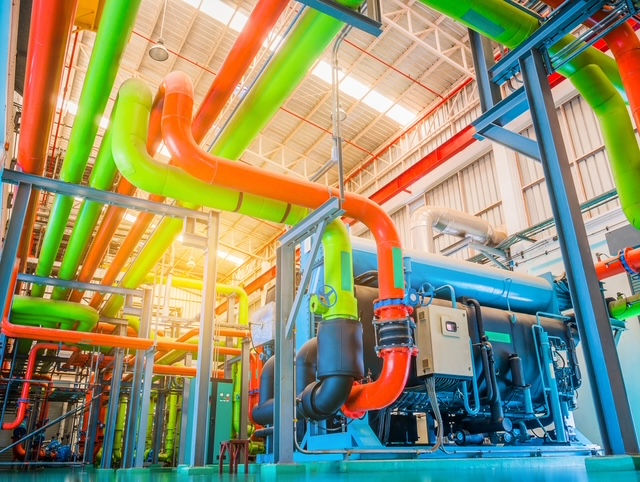Ionocaloric Cooling: Will This New Breakthrough Replace Harmful Refrigerants?
- MSC
- Apr 17, 2023
- 1 min read
Scientists at the Dept. of Energy’s Lawrence Berkeley National Laboratory have developed a promising new refrigeration process that uses ions to drive solid-to-liquid phase changes. This safe, energy-efficient technique, which is called ionocaloric cooling, has the potential to someday replace harmful high-GWP refrigerants used in vapor compression systems, according to a paper published on Dec. 23, 2022, in the journal Science.

Ionocaloric cooling takes advantage of how energy, or heat, is stored or released when a material changes phase, such as changing solid ice to liquid water. Melting a material absorbs heat from surroundings while solidifying it releases heat. The ionocaloric cycle uses electrically-charged atoms or molecules (ions) to cause this phase and temperature change.
The Berkeley Lab team’s first experiment using salt made with iodine and sodium alongside ethylene carbonate to move the ions showed a temperature change of 25°C using less than 1V of electricity.
“There are three things we’re trying to balance: the GWP of the refrigerant, energy efficiency, and the cost of the equipment itself,” said researcher Ravi Prasher. “From the first try, our data looks very promising on all three of these aspects.”
The research also suggests that ionocaloric cooling has the potential to be not only GWP-zero, but GWP-negative. According to Prasher’s colleague and study co-author Drew Lilley, “using a material like ethylene carbonate could actually be carbon negative, because you produce it by using carbon dioxide as an input.” Prasher and Lilley have received a provisional patent for the ionocaloric refrigeration cycle and the technology is now available for licensing by contacting ipo@lbl.gov.




Comments